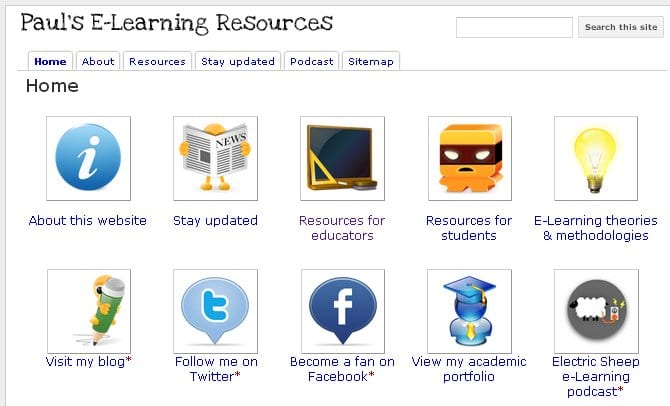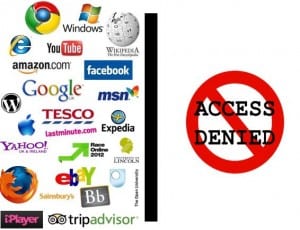See my post on Embedding OER Practice for more details about the HEA/JISC funded project to look at the use of open educational resources for teaching and learning. Here are some more reasons why this is going to be an exciting opportunity to put the spotlight on virtual teaching and learning experiences. Embedding OER Practice will draw attention to the role of online learning across the university as well as highlighting the effective use of digital resources. The project will promote the advantages of the open education movement and support staff in becoming more familiar with terms like Creative Commons, Lincoln Academic Commons, public copyright licences, Shuttleworth Foundation, Capetown Open Educational Declaration and the accessing and contributing to repositories of learning content
As well as offering experience with finding, evaluating, using, repurposing and replacing open educational resources, the project is an ideal opportunity for addressing the wider issues around supporting the digital literacies of staff and students.The term digital literacies is popular at the moment. The JISC Developing Digital Literacies programme is currently funding a number of projects across the sector, all aimed at promoting digital literacies strategies and approaches. This is a necessary step forward. For too long those with technical competence have made assumptions about those without. The result is a widening digital divide, exacerbated by a determinist view of technology having transformative potential, not only for access to learning environments which cross barriers of time and distance, but to cut costs and increase efficiency. All this underpins investment in the digital teaching and learning platforms promoted across the sector as a means for institutions to achieve key strategic aims (HEFCE 2005, 2009*). The missing element from these grand schemes has always been the human one; how best to scaffold support for the necessary changes in attitudes, behaviours and practice. Promoting digital literacies is an ideal way to address these issues full on.
The term digital literacies is defined as ‘the confident and critical use of ICT for work, leisure, learning and communication‘ or ‘the ability to locate, organize, understand, evaluate, and analyze information using digital technology’. Focusing on the embedding OER practice offers multiple opportunities to ensure digital literacies is on the agenda – and from there it is a small step to include awareness of exclusive and inclusive practices with digital environments and critical reflection on the boundary lines between private/personal and public/professional online identities and behaviours.
Oh yes, 2012 is going to be a very exciting year!
* Higher Education Funding Council for England (HEFCE) (2OO9) Enhancing learning and teaching through the use of technology. A revised approach to HEFCE’s strategy for e-learning.
* Higher Education Funding Council for England (HEFCE) (2OO5) Enhancing learning and teaching through the use of technology.


